Subscribe to our ▶️YouTube channel🔴 for the latest videos, updates, and tips.
Home | About Us | Contact Us | Privacy | Math Blog
Relationship between Multiplication and Division
We know that multiplication is repeated addition and division is repeated subtraction. This means that multiplication and division are inverse operation.
Let us understand this with the following example.
We can say that for each multiplication fact, of two distinct numbers we have two division facts. 2 × 2 gives only one division fact 4 ÷2 = 2.
For example:
Write two division facts for each of the following multiplication facts.
Since, division and multiplication are related, we can check our answer by multiplying quotient and divisor to get the dividend.
|
When we multiply, we put together the collections containing same number of objects. 4 × 3 = 12 3 groups of 4 flowers each put together as a single group of 12 flowers. |
When we divide, we take away collections containing equal number of objects 12 ÷ 3 = 4 12 flowers set aside as 3 groups of 4 flowers each. |
What do we conclude from the above discussion?
We conclude that multiplication is the reverse process of division.
Multiplication and Division Facts
You know that there are two division facts for every multiplication fact. Look at the following example:
1. What are the division facts for 2 × 5 = 10? Show with an example.
Solution:
If 10 ice-creams are divided equally among 5 children, each child gets 2 ice-creams.
10 ÷ 5 = 2
If 10 ice-creams are divided equally among 2 children, each child gets 5 ice-creams.
10 ÷ 2 = 5
Thus, 10 ÷ 5 = 2 and 10 ÷ 2 = 5
This shows that 2 × 5 = 10
Hence, for the multiplication fact 2 × 5 = 10 the two division facts are 10 ÷ 5 = 2 and 10 ÷ 2 = 5
Similarly, there are two multiplication facts for each division fact. Consider the example given above.
There are 5 children and each child eats 2 ice-creams, then together they eat 10 ice-creams.
5 × 2 = 10
If there are 2 children and each child eats 5 ice-creams, then together they eat 10 ice-creams.
2 × 5 = 10
Thus, 5 × 2 = 10 and 2 × 5 = 10
This shows that 10 ÷ 5 = 2
Hence, for the division fact 10 ÷ 5 = 2, the two multiplication facts are 5 × 2 = 10 and 2 × 5 = 10
Let us observe the following examples:
1. 5 × 2 = 10 is a multiplication fact.
From this fact we can write:
(i) 10 ÷ 5 = 2
(ii) 10 ÷ 2 = 5
Thus, for every multiplication fact there are two division facts.
2. 21 ÷ 3 = 7 is a division fact.
From this fact we can write:
(i) 7 × 3 = 21
(ii) 3 × 7 = 21
Thus, for every division fact there are two multiplication facts.
Worksheet on Relationship between Multiplication and Division:
Questions and Answers on Relationship between Multiplication and Division:
I. Write multiplication fact for each division fact.
(i) 56 ÷ 8 = ……….. means ……….. × ……….. = ……….
(ii) 33 ÷ 11 = ……….. means ……….. × ……….. = ……….
(iii) 42 ÷ 6 = ……….. means ……….. × ……….. = ……….
(iv) 28 ÷ 7 = ……….. means ……….. × ……….. = ……….
Answer:
I. (i) 7, 8 × 7 = 56
(ii) 3, 11 × 3 = 33
(iii) 7, 6 × 7 = 42
(iv) 4, 7 × 4 = 28
II. Write two division facts for each multiplication fact.
(i) 7 × 9 = ..... means ..... ÷ ..... = ..... and ..... ÷ ..... = .....
(ii) 5 × 4 = ……….. means ……….. ÷ ……….. = ………. and ……….. ÷ ……….. = ……….
Answer:
II. (i) 63, 63 ÷ 7 = 9, 63 ÷ 9 = 7
(ii) 20, 20 ÷ 4 = 59, 20 ÷ 5 = 4
III. Using following numbers, write multiplication facts and division facts.
(i) 5, 4, 20 ………. ………. ……….
(ii) 6, 9, 54 ………. ………. ……….
(iii) 7, 4, 28 ………. ………. ……….
(iv) 20, 2, 10 ………. ………. ……….
Answer:
III. (i) 5 × 4 = 20, 20 ÷ 4 = 5, 20 ÷ 5 = 4
(ii) 6 × 9 = 54, 54 ÷ 6 = 9, 54 ÷ 9 = 6
(iii) 7 × 4 = 28, 28 ÷ 7 = 4, 28 ÷ 4 = 7
(iv) 2 × 10 = 20, 20 ÷ 2 = 10, 20 ÷ 10 = 2
IV. Write corresponding division facts for the given multiplication facts. One has been done for you.
|
(i) |
3 × 5 = 15 15 ÷ 3 = 5 15 ÷ 5 = 3 |
(ii) |
7 × 4 = 28
|
|
(iii) |
2 × 8 = 16
|
(iv) |
4 × 6 = 24
|
Answer:
IV. (ii) 28 ÷ 7 = 4; 28 ÷ 4 = 7
(iii) 16 ÷ 2 = 8; 16 ÷ 8 = 2
(iv) 24 ÷ 4 = 6; 24 ÷ 6 = 4
V. Write the corresponding multiplication facts for the given division facts. One has been done for you.
|
Division Facts |
Multiplication Facts | |
|
(i) |
15 ÷ 3 = 5 |
3 × 5 = 15 5 × 3 = 15 |
|
(ii) |
42 ÷ 6 = 7 |
|
|
(iii) |
63 ÷ 7 = 9 |
|
|
(iv) |
40 ÷ 5 = 8 |
|
|
(v) |
54 ÷ 9 = 6 |
|
Answer:
V. (ii) 6 × 7 = 42; 7 × 6 = 42
(iii) 7 × 9 = 63; 9 × 7 = 63
(iv) 5 × 8 = 40; 8 × 5 = 40
(v) 9 × 6 = 54; 6 × 9 = 54
VI. Fill in the empty boxes with quotients by using multiplication facts given alongside. One has been done for you.
|
(i) |
24 ÷ 4 = 6 |
4 × 6 = 24 |
|
(ii) |
35 ÷ 5 = |
5 × 7 = 35 |
|
(iii) |
27 ÷ 3 = |
3 × 9 = 27 |
|
(iv) |
42 ÷ 7 = |
7 × 6 = 42 |
|
(v) |
16 ÷ 2 = |
2 × 8 = 16 |
|
(vi) |
40 ÷ 8 = |
8 × 5 = 40 |
|
(vii) |
70 ÷ 10 = |
10 × 7 = 70 |
|
(viii) |
63 ÷ 9 = |
9 × 7 = 63 |
|
(ix) |
72 ÷ 8 = |
8 × 9 = 72 |
|
(x) |
56 ÷ 8 = |
8 × 7 = 56 |
Answer:
VI. (ii) 7
(iii) 9
(iv) 6
(v) 8
(vi) 5
(vii) 7
(viii) 7
(ix) 9
(x) 7
VII. Write two division facts for each multiplication fact:
|
Multiplication Fact |
Division Facts | |
|
(i) |
7 × 8 = 56 |
__________ __________ |
|
(ii) |
9 × 5 = 45 |
__________ __________ |
|
(iii) |
8 × 4 = 32 |
__________ __________ |
|
(iv) |
10 × 9 = 90 |
__________ __________ |
|
(v) |
6 × 3 = 18 |
__________ __________ |
|
(vi) |
2 × 1 = 2 |
__________ __________ |
Answer:
VII. (i) 56 ÷ 7 = 8; 56 ÷ 8 = 7
(ii) 45 ÷ 9 = 5; 45 ÷ 5 = 9
(iii) 32 ÷ 8 = 4; 32 ÷ 4 = 8
(iv) 90 ÷ 10 = 9; 90 ÷ 9 = 10
(v) 18 ÷ 6 = 3; 18 ÷ 3 = 6
(vi) 2 ÷ 2 = 1; 2 ÷ 1 = 2
VIII. Write two multiplication facts for each division fact:
|
Division Facts |
Multiplication Fact | |
|
(i) |
36 ÷ 9 = 4 |
__________ __________ |
|
(ii) |
42 ÷ 6 = 7 |
__________ __________ |
|
(iii) |
24 ÷ 6 = 4 |
__________ __________ |
|
(iv) |
12 ÷ 1 = 12 |
__________ __________ |
|
(v) |
63 ÷ 7 = 9 |
__________ __________ |
|
(vi) |
40 ÷ 8 = 5 |
__________ __________ |
Answer:
VIII. (i) 9 × 4 = 36; 4 × 9 = 36
(ii) 6 × 7 = 42; 7 × 6 = 42
(iii) 6 × 4 = 24; 4 × 6 = 24
(iv) 1 × 12 = 12; 12 × 1 = 12
(v) 7 × 9 = 63; 9 × 7 = 63
(vi) 8 × 5 = 40; 5 × 8 = 40
From Terms Used in Division to HOME PAGE
Didn't find what you were looking for? Or want to know more information about Math Only Math. Use this Google Search to find what you need.
Recent Articles
-
What is Area in Maths? | Units to find Area | Conversion Table of Area
Jul 17, 25 01:06 AM
The amount of surface that a plane figure covers is called its area. It’s unit is square centimeters or square meters etc. A rectangle, a square, a triangle and a circle are all examples of closed pla… -
Worksheet on Perimeter | Perimeter of Squares and Rectangle | Answers
Jul 17, 25 12:40 AM
Practice the questions given in the worksheet on perimeter. The questions are based on finding the perimeter of the triangle, perimeter of the square, perimeter of rectangle and word problems. I. Find… -
Formation of Square and Rectangle | Construction of Square & Rectangle
Jul 16, 25 11:46 PM
In formation of square and rectangle we will learn how to construct square and rectangle. Construction of a Square: We follow the method given below. Step I: We draw a line segment AB of the required… -
Perimeter of a Figure | Perimeter of a Simple Closed Figure | Examples
Jul 16, 25 02:33 AM
Perimeter of a figure is explained here. Perimeter is the total length of the boundary of a closed figure. The perimeter of a simple closed figure is the sum of the measures of line-segments which hav… -
Formation of Numbers | Smallest and Greatest Number| Number Formation
Jul 15, 25 11:46 AM
In formation of numbers we will learn the numbers having different numbers of digits. We know that: (i) Greatest number of one digit = 9,


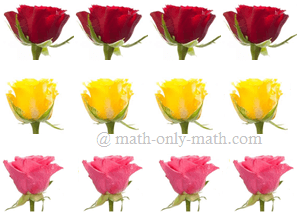
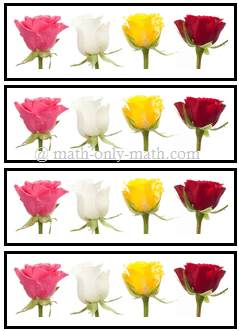

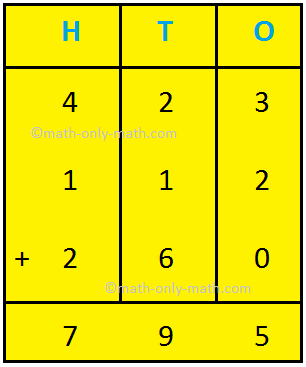

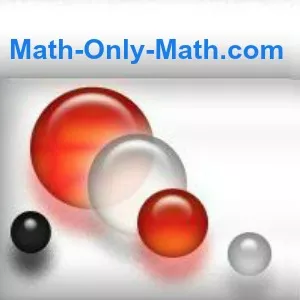

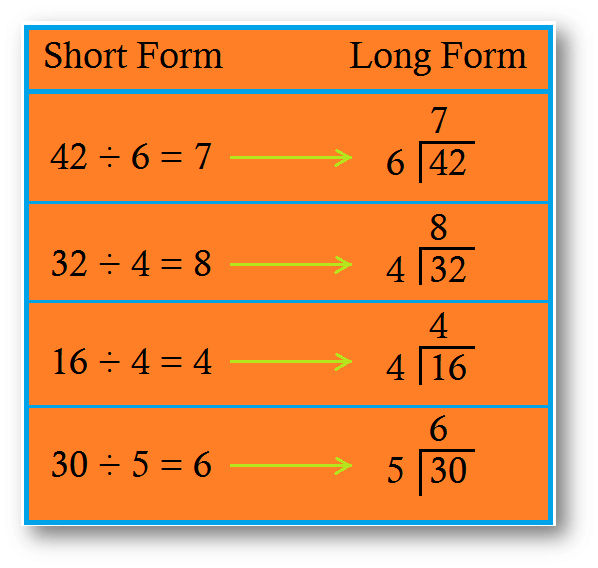

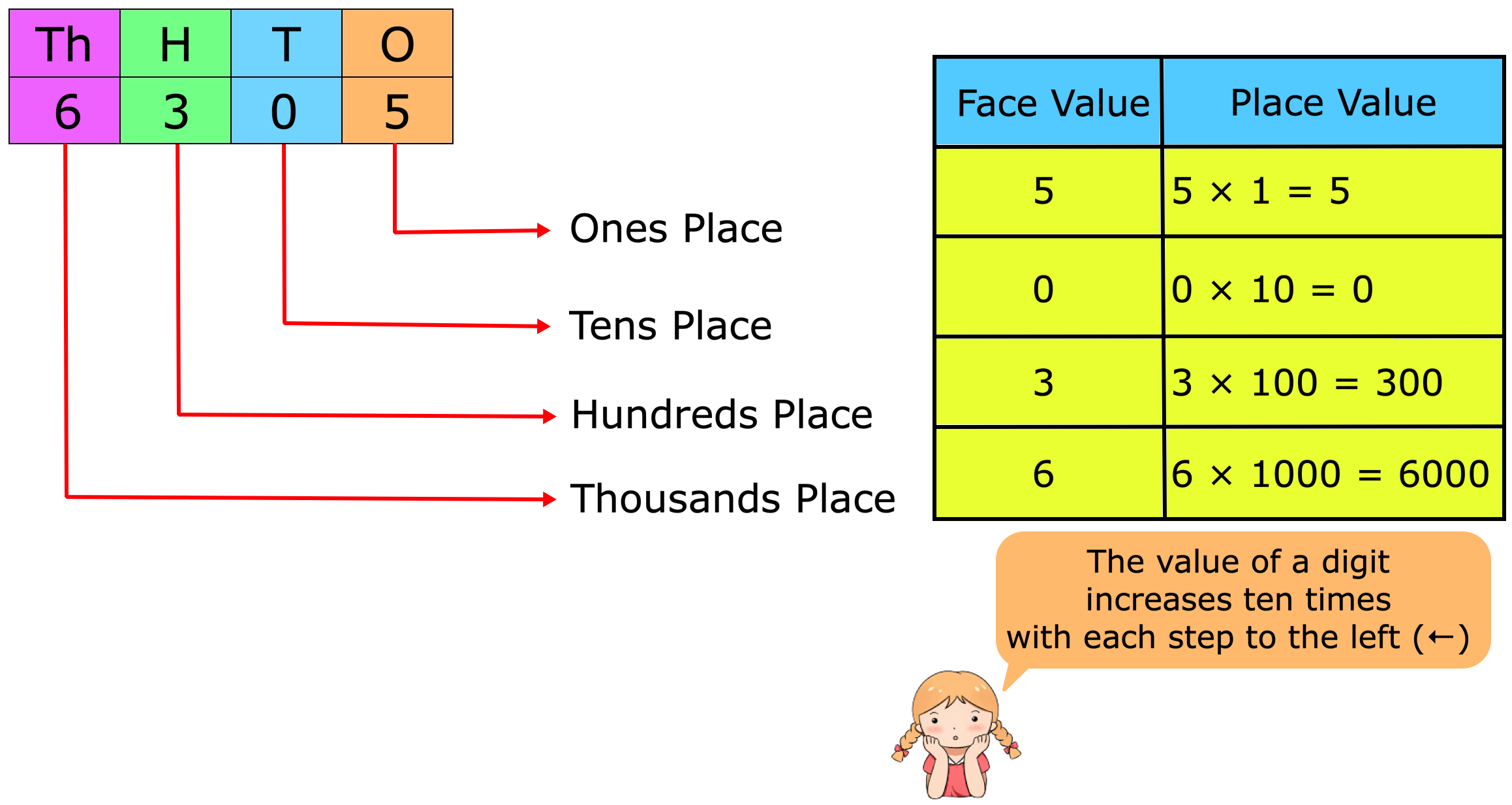


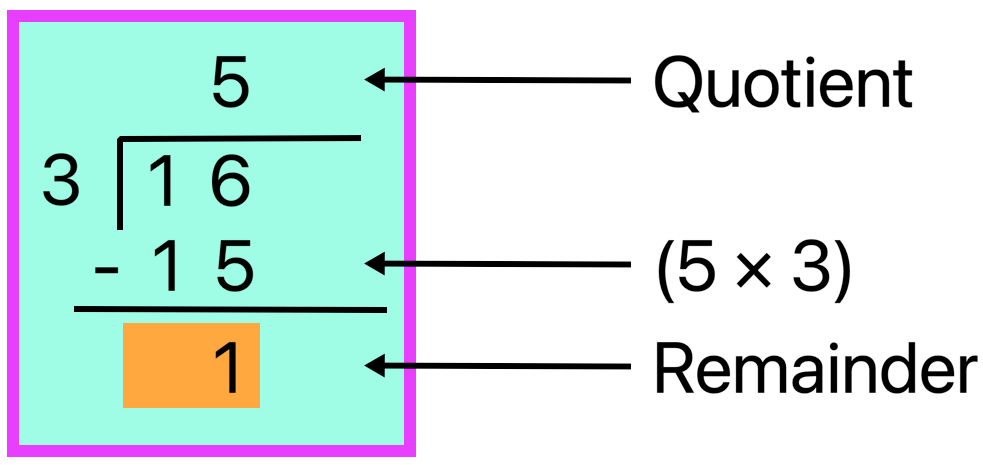


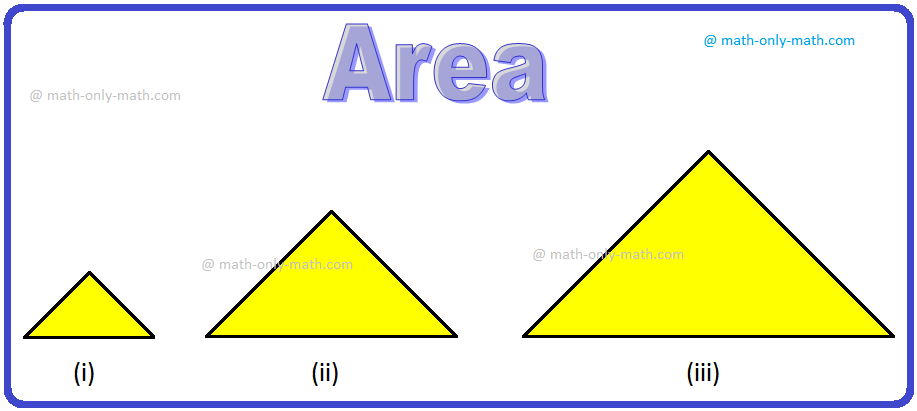
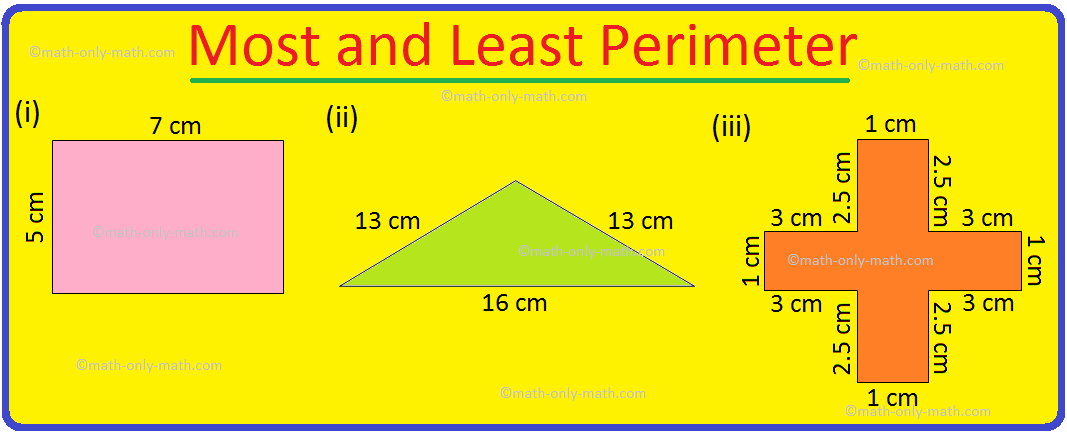
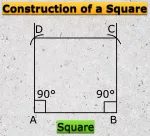
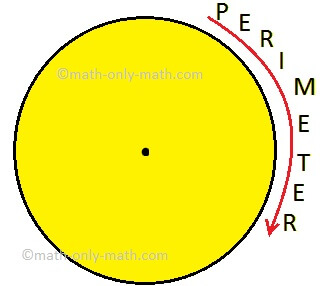
New! Comments
Have your say about what you just read! Leave me a comment in the box below. Ask a Question or Answer a Question.